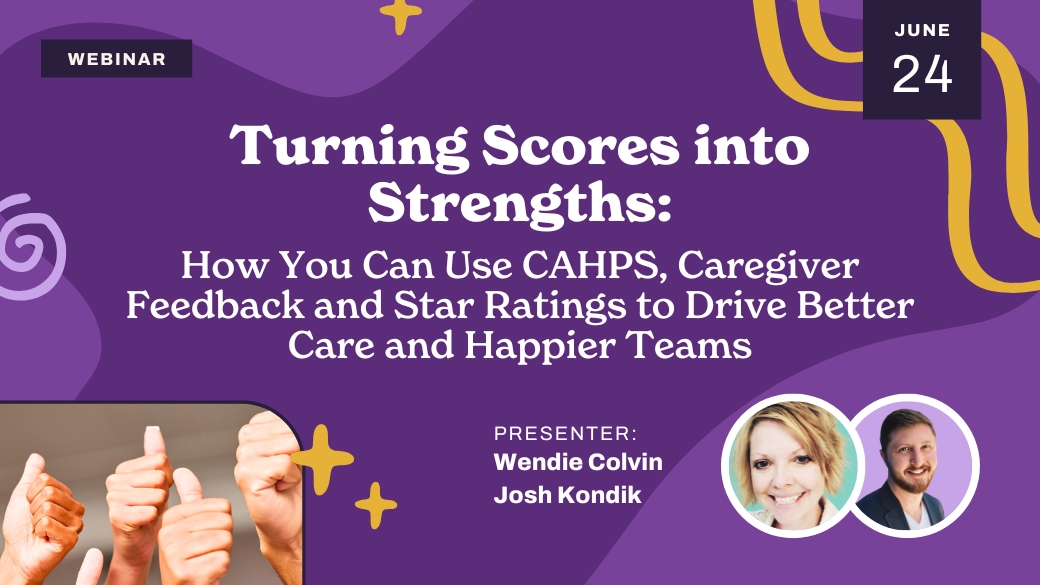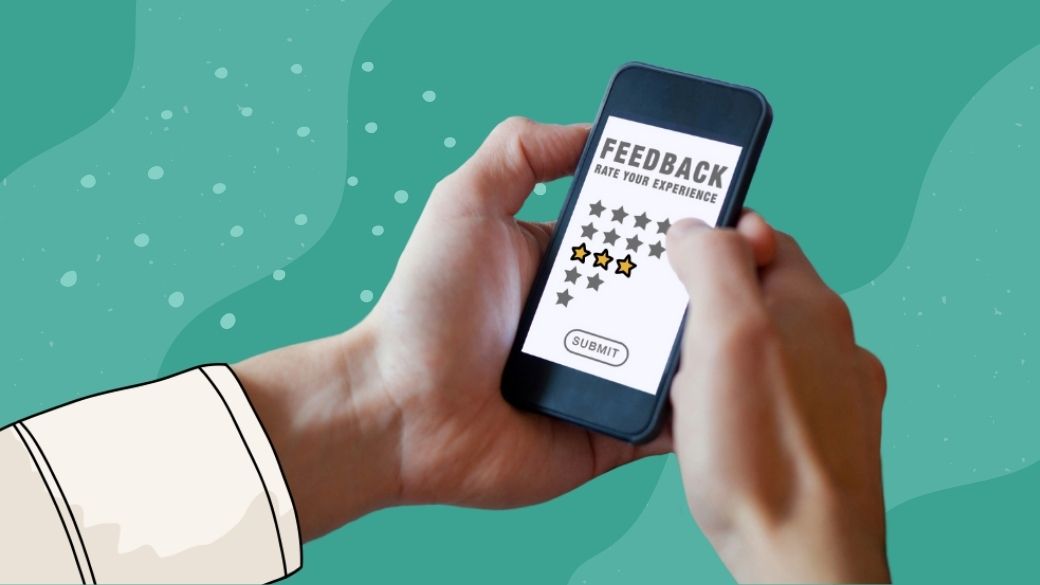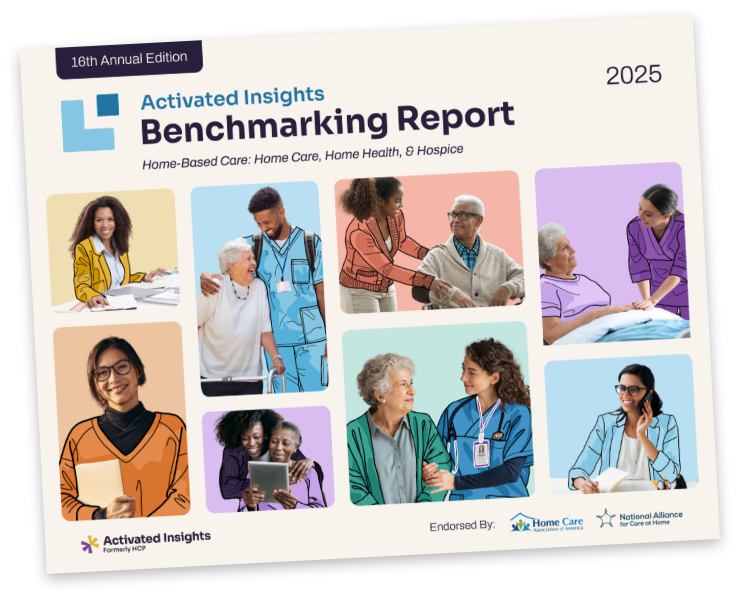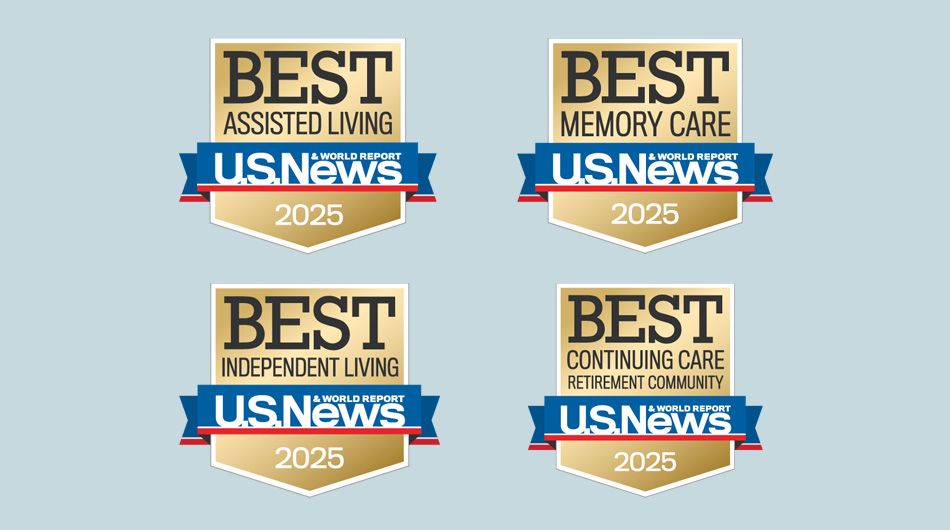No one wants to see a one-star review blemish their company’s reputation. Here are some actionable tips to address them and how to use negative feedback as a learning opportunity.
Tt’s a Monday morning, and the CEO wants to see you about a Yelp review that gives your agency a 1-star rating. It is easy to dismiss the comments as a “one-off” disgruntled family, but I encourage you to think twice before taking that path.
A recent JAMA Network article points out the impact of online reviews on patient decision-making processes across the health care spectrum, including in hospice. It explores the most frequently cited complaints in the online reviews of hospice agencies. Their message? Ignoring the negative review puts your hospice agency at risk.
Let’s look at the data shared in the JAMA Network article and see how the data might help your hospice agency. The study looked at two “extra-large” hospice agencies (serving >200 patients/day) in each state, one for-profit and one nonprofit. Five themes were noticed, three were categorized as areas the hospice agency could impact (actionable), and two were categorized as requiring change within the larger healthcare system (Unactionable).
Actionable Criticisms
Unactionable Criticisms
What does the one-star review tell you?
According to the article, you know that your agency can impact concerns related to expectations, communication, and quality of care, so you focus on those areas. So that 1-star review might have some value after all. Let’s explore the Yelp review and see what we can learn.
The hospice nurse came to the hospital and told us that mom could go home and be comfortable, just like she always wanted. She assured us we would have help caring for her and know what to do if she was uncomfortable. We were sold a bill of goods! Mom came home Friday afternoon. We signed paperwork but didn’t see anyone from hospice until Monday afternoon. By then, mom was soiled and uncomfortable. No amount of calling over the weekend or Monday got us any help. The nurse tidied her up and promised an aide to give her a bath on Tuesday. When we asked about mom not eating or drinking, we were told “not to worry about that now.” We woke up early Tuesday morning to a dreadful sound coming from mom’s room. We called hospice right away, but mom took her last breath before the nurse called back. Don’t believe a word this hospice says! They won’t be there for you, ever!
Wow! That’s a review you would like to skip right over. What jumps out at you when you read it? Did your heart sink at another Friday admission resulting in unmet expectations? Are you thinking of all the times someone complained because it took too long for staff to get back to patients and families?
Are you saddened by the nurse’s response to the question about eating and drinking? Noticing the missed opportunity to educate the family about nearing death changes, allowing them time to prepare and gather other family members?
Do you give in to the urge to blow it off as a one-off disgruntled family, or do you choose to dig deep and explore the review for improvement opportunities? The review is out there; what matters now is what you do with the information you’ve received.
Who are the key stakeholders within your organization able to impact identified concerns? Who might bring a fresh perspective to the issues at hand?
Three areas of weakness bubbled up as you read the review:
Real Caregiver Feedback:The training I received was very professional. It was beneficial because when I went to orientation, they explained everything step-by-step so I could understand it.
Real Caregiver Feedback:My supervisor is really busy so I don’t get to speak with them often. I would really appreciate it if my supervisor reached out and asked for ideas more often.
Real Caregiver Feedback:My employer just sends me to my clients. They don’t match me. I would like them to consider my location when matching.
Looking at your agency’s performance improvement process, where would you best start? Considering the options, do you choose the area with the most complaints or the area where you could get a quick win using a rapid improvement process? Whichever approach you choose, the important thing is that you do something!
Consider this sample response, implemented by a hospice agency that experienced similar complaints related to Friday admissions. Their performance improvement process is outlined below:
The performance improvement plan developed by the team included the following new practices:
Related content: What is an Employment Brand and Why Should You Care?
The planned visits from nursing and aides decreased urgent calls and visits. Rather than increasing the workload, it became more predictable, easing staffing issues. The hospice agency then rolled the program out agency-wide.
Perhaps this seems like a textbook answer with no basis in reality. Surely an organization that had adequate staff and resources would already be addressing this issue. But Centers for Medicare and Medicaid (CMS) data shows that the majority of hospice agencies have official complaints lodged with CMS. Since we all have complaints about care issues, take the opportunity to learn from the complaints and improve your care. Not taking this step can put you behind your competitors who embrace any opportunity to improve.
What do you do with your next 1-Star Yelp review?
Social media feedback is a constant in the hospice industry. Choose to harness the power of that feedback. It provides an additional information stream that can supplement your internal complaint process and survey results.
Another Monday will begin with a bad YELP review; it’s a certainty in our business. You do have the choice of how to respond, though. Will you use it as a learning opportunity? Will you consider it a one-off compared to the number of times your staff is referred to as “angels?” Make the choice that moves your agency forward.
“It is failure that guides evolution; perfection provides no incentive for improvement, and nothing is perfect. – Colson Whitehead”
Read More:
Related Posts







